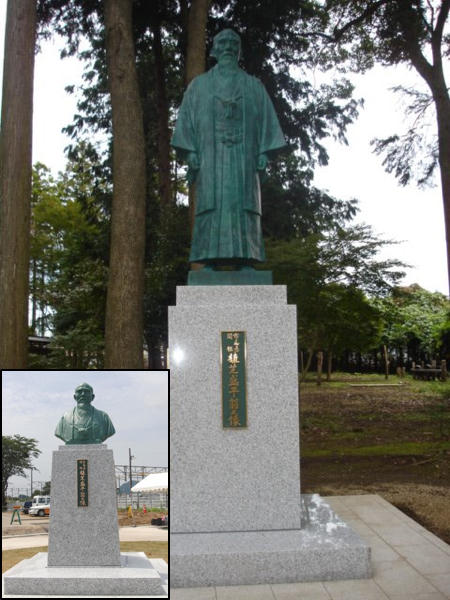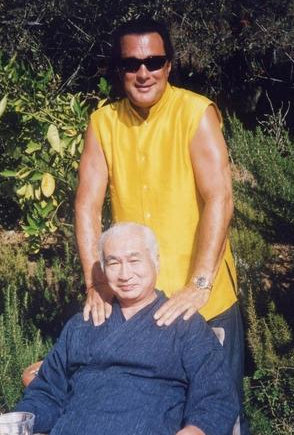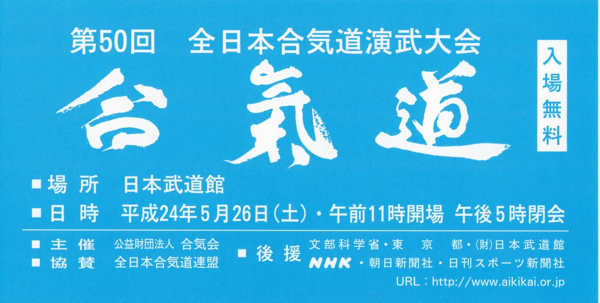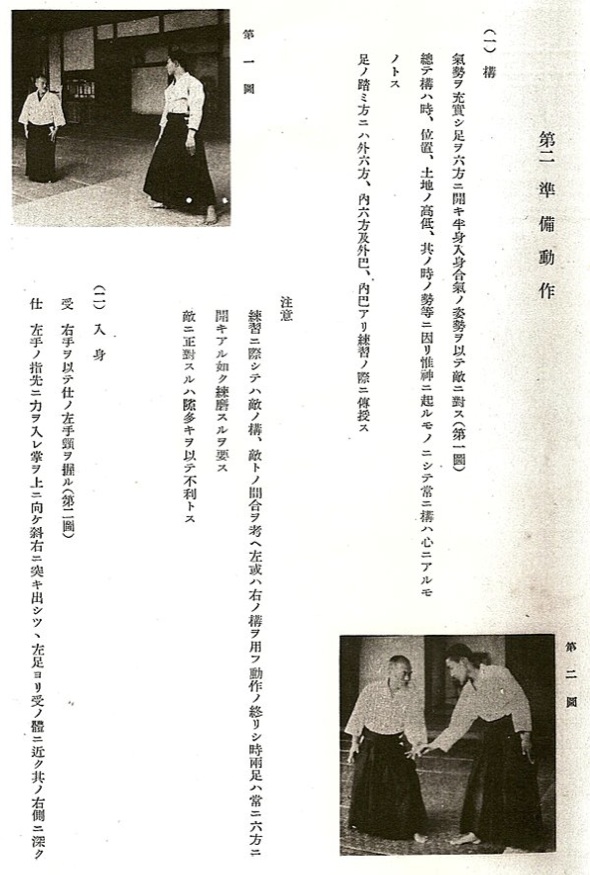An interview with Aikido Shihan Hiroshi Isoyama, Part 2

The new statue of O-Sensei in Iwama, and the bust in front of Iwama Station
Hiroshi Isoyama sensei was born in 1937, and started training with Aikido Founder Morihei Ueshiba O-Sensei in 1949, at the age of 12.
Isoyama sensei, together with Hiroshi Tada sensei, formed a committee for the construction of a large statue of the Founder of Aikido on the precincts of the Aiki Shrine, which was unveiled on the 8th of November 2009. Surplus material from this monument was used to make a bust of the Founder which was unveiled at the newly rebuilt Iwama Station on the 24th of July 2012.
Hiroshi Tada sensei began Aikido shortly after Isoyama sensei himself – find out how Tada sensei met Morihei Ueshiba in "Aikido Shihan Hiroshi Tada: The Day I Entered Ueshiba Dojo". There is also a very long interview with Tada sensei in Japanese that appears in a nine part English translation – here is the first part of that interview.
What you are reading now is the second part of a two part English translation of an interview with Hiroshi Isoyama sensei that first appeared in the February 2009 issue of Gekkan Hiden ("Secret Teachings Monthly"), a well known martial arts magazine in Japan. You may want to read the first part of the interview before reading this section.




